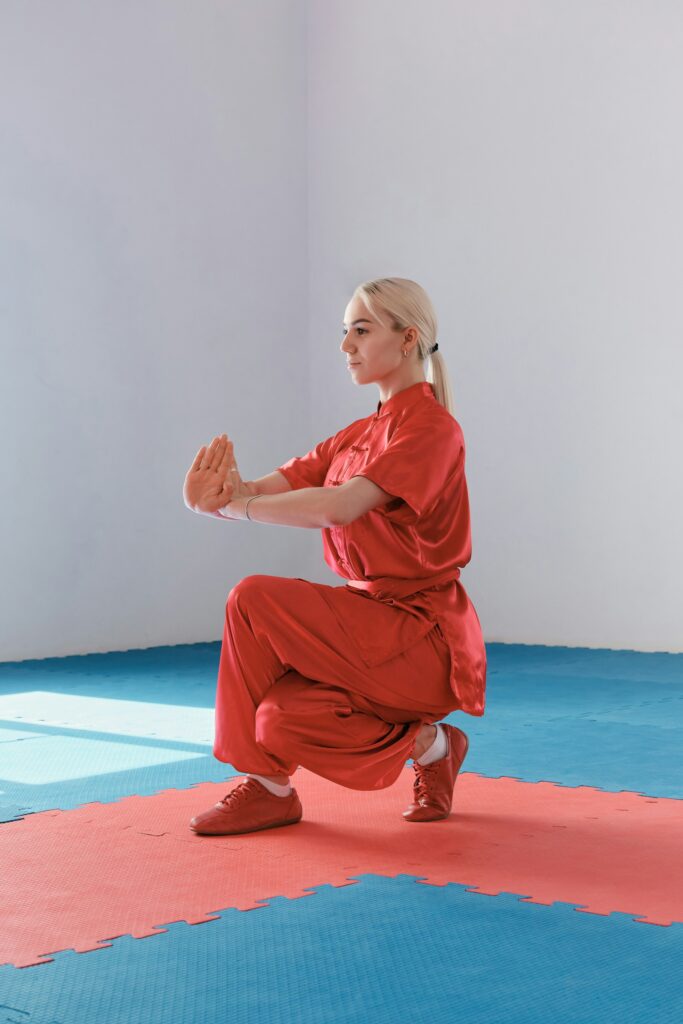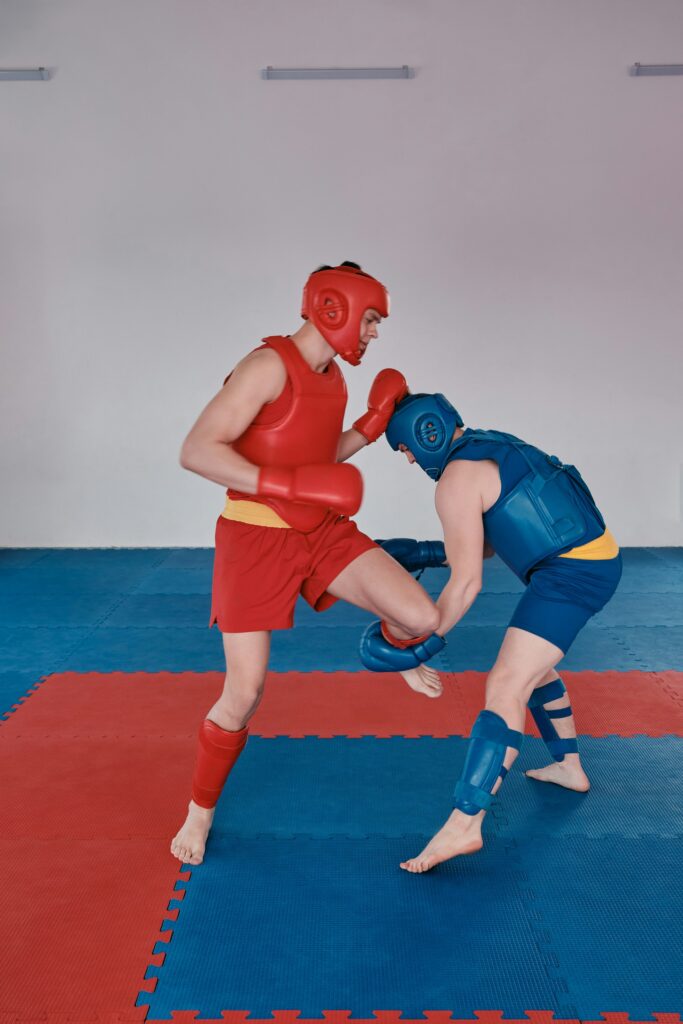The rhythmic thud of feet on treadmills and the steady whir of stationary bikes have become the soundtrack to modern fitness. Yet cardiovascular exercise—that essential component of our wellbeing—need not be confined to these familiar routines. Consider instead the rich tapestry of movement that lies beyond the gym’s walls.
The Poetry Of Dance
At its core, dance cardio is simply moving to music with purpose and intensity. But unlike traditional aerobics classes, it draws from genuine dance styles—from Latin rhythms to street dance—creating workouts that feel less like exercise and more like celebration. There’s an inherent wisdom in how children approach movement—with unbridled joy and natural rhythm.
Dance recaptures this spirit, transforming exercise from obligation into expression. Whether swaying to salsa’s passionate beats or finding your flow in hip-hop, it offers more than mere physical benefits, weaving together cardiovascular conditioning with neural engagement. For those seeking an accessible entry point, a dedicated dance music radio station can transform any space into an impromptu studio, providing the constant rhythm and energy needed to sustain movement.

Vertical Pursuits
Indoor rock climbing gyms have transformed this once-niche outdoor sport into an accessible form of fitness. Using artificial walls dotted with colored holds, climbers navigate routes of varying difficulty, using both strength and strategy to ascend. The sport presents an intriguing paradox: a cardiovascular workout that demands both energy and contemplation.
On the wall, every movement becomes deliberate, every route a vertical meditation. Your heart races not from repetition but from the delicate interplay of problem-solving and physical challenge.
Ancient Disciplines
Martial arts encompass a vast array of fighting systems, from the striking arts of karate and kickboxing to the grappling techniques of jiu-jitsu. These disciplines, developed over centuries for combat and self-defense, have evolved into sophisticated systems of physical conditioning. They offer something uniquely valuable in our modern context: structured intensity. Each session builds not just cardiovascular capacity but a deeper understanding of movement, combining physical technique with mental focus in a way that makes traditional cardio seem one-dimensional.


Rhythms Of Motion
Circuit training breaks free from the constraints of single-movement cardio by combining multiple exercises into a flowing sequence. A typical circuit might move from bodyweight exercises to resistance training to explosive movements, with minimal rest between stations.
Think of it as composing a symphony of movement, where each exercise flows naturally into the next. Rather than the monotony of singular motion, you create a dynamic journey—from the primal satisfaction of battle ropes to the precision of kettlebell work.
Games Of Flight
Ultimate Frisbee has evolved far beyond casual disc tossing in the park. This fast-paced team sport combines elements of football, soccer, and basketball—all played with a flying disc. Players run constant routes, sprinting and cutting across fields that can be up to 70 yards long. There’s something quietly revolutionary about Ultimate’s ability to transform cardiovascular exercise from solitary pursuit into shared experience.
The sport cleverly disguises its intensity behind the joy of play and community, with players covering impressive distances guided by strategy rather than the steady march of traditional cardio.


Urban Movement
A discipline born in the suburbs of Paris, Parkour is the art of moving efficiently through any environment using only your body. Practitioners—called traceurs—learn to vault, climb, jump, and roll their way through urban landscapes, turning everyday obstacles into opportunities for movement. What begins with basic vaults and precision jumps gradually develops into a physical dialogue with your surroundings. Each session becomes an exploration of efficiency and creativity, building cardiovascular endurance through purposeful navigation of the environment.
Suspended In Space
Aerial arts bring fitness into the vertical realm, using suspended equipment like silks (long fabric strips), lyras (metal hoops), and trapezes. These circus-inspired disciplines have found their way into boutique fitness studios, offering a unique combination of strength, flexibility, and cardiovascular conditioning. There’s a unique magic in these arts—practices that challenge our relationship with gravity itself. The constant engagement required to maintain control naturally elevates the heart rate, while the artistic elements keep the mind thoroughly engaged.
The Bottom Line
The secret to sustainable cardiovascular fitness lies not in enduring prescribed routines but in discovering movements that resonate with your spirit. The most effective workout is one that leaves you anticipating the next session rather than dreading it. Begin by exploring activities that intrigue you, starting with introductory classes that establish proper technique and safety.
In these alternative approaches to cardiovascular fitness, we find something more valuable than efficiency—we find engagement. Each offers its own path to physical vitality, each invites us to redefine our relationship with movement. Your body will appreciate the conditioning, but perhaps more importantly, your spirit will welcome the adventure.




